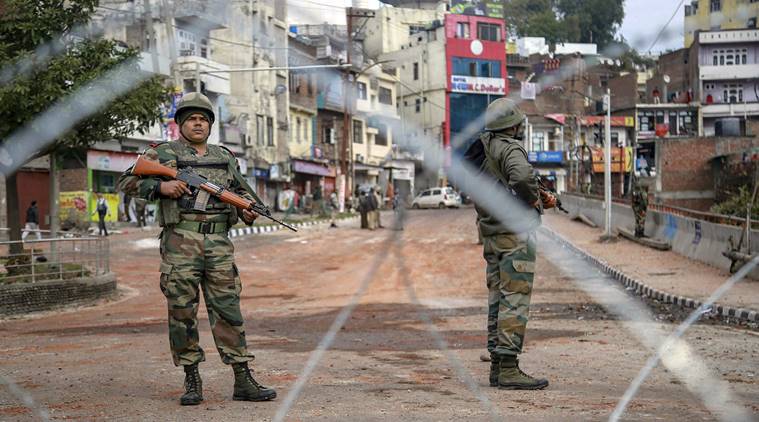The aftermath of Pulwama marks the retreat of political engagement with Kashmir
A Kashmir perspective is absent in the current narrative, except for the attempts by political leaders and social media activists to try and save the harried students who became targets of revenge mobs in some places.

Quite understandably, the Valentine’s Day atrocity in Pulwama, which caused the biggest ever loss of lives of security forces to violence in the three-decade-old strife in Kashmir, sent shockwaves across the world. The outrage and anger were unprecedented, given the fact that the fallen bravehearts came almost from every state. The very sight of body bags triggered calls for revenge.
While the country is trying to come to terms with the loss and is looking to the political and military leadership to come true on its pledge to root out terrorism, there has not been an adequate focus on its impact on ground zero — Kashmir. Nor has there been any attempt to look into the recent developments leading up to a tragedy of such a scale. A Kashmir perspective is absent in the current narrative, except for the attempts by political leaders and social media activists to try and save the harried students who became targets of revenge mobs in some places.
For a state that has gone through three decades of the worst violence and has actually never been stable post-Independence, how is February 14, 2019, different? A quarter-century back, 43 civilians were killed only a few miles away at Bijbehara on the same highway. But the killing of CRPF soldiers is different both for its context and fall out.
The difference is reflected in many ways. First, Kashmiri youth are retaliating through methods that have been passed on to them, like a contagion moving through the air. From street demonstrations, funeral congregations, stone-throwing, teenagers with just a few days of experience with Kalashnikovs, mostly on social media, they have now been converted into dynamite. Pakistan is an essential part of this transformation, helping it along, but the problem remains exclusively ours. That they maintain assets in Kashmir is a fact of life that should need no proof. But does that affirmation help?
Second, and more important, is the response from the country, its leadership and the nation that Kashmir adopted after exercising a choice. When dozens of civilian mourners were killed in the aftermath of Mirwaiz Maulvi Farooq’s murder, the country’s then prime minister apologised. And that was a time when thousands of Kashmiri youth had picked up the gun against the country. Pandits had to leave Kashmir and as did many Muslims. It was a rebellion but the country welcomed everyone who could escape. While the security forces and militants did what they did, the country seemed to own everyone from Kashmir. The semantics and expressions were warm, which could ultimately result in some rebuilding of bridges. Today, an incident is enough to disown, discredit and disrespect every Kashmiri.
Third, the role of politicians and defence forces seems to have been interchanged. The operation in village Pinglen, following the blowing up of the CRPF bus in which Pakistani mastermind Kamran was killed, is a case in point. Though tempers obviously ran high following the bus massacre, the forces never allowed that to influence their judgement or the commitment to save civilians. In the process, they suffered major losses. Compare that with the politicians and the country as a whole and the inference is clear. In addition, with respect to the perspective on what would constitute a resolution, the political class and the army appear to differ sharply.






































No hay comentarios:
Publicar un comentario